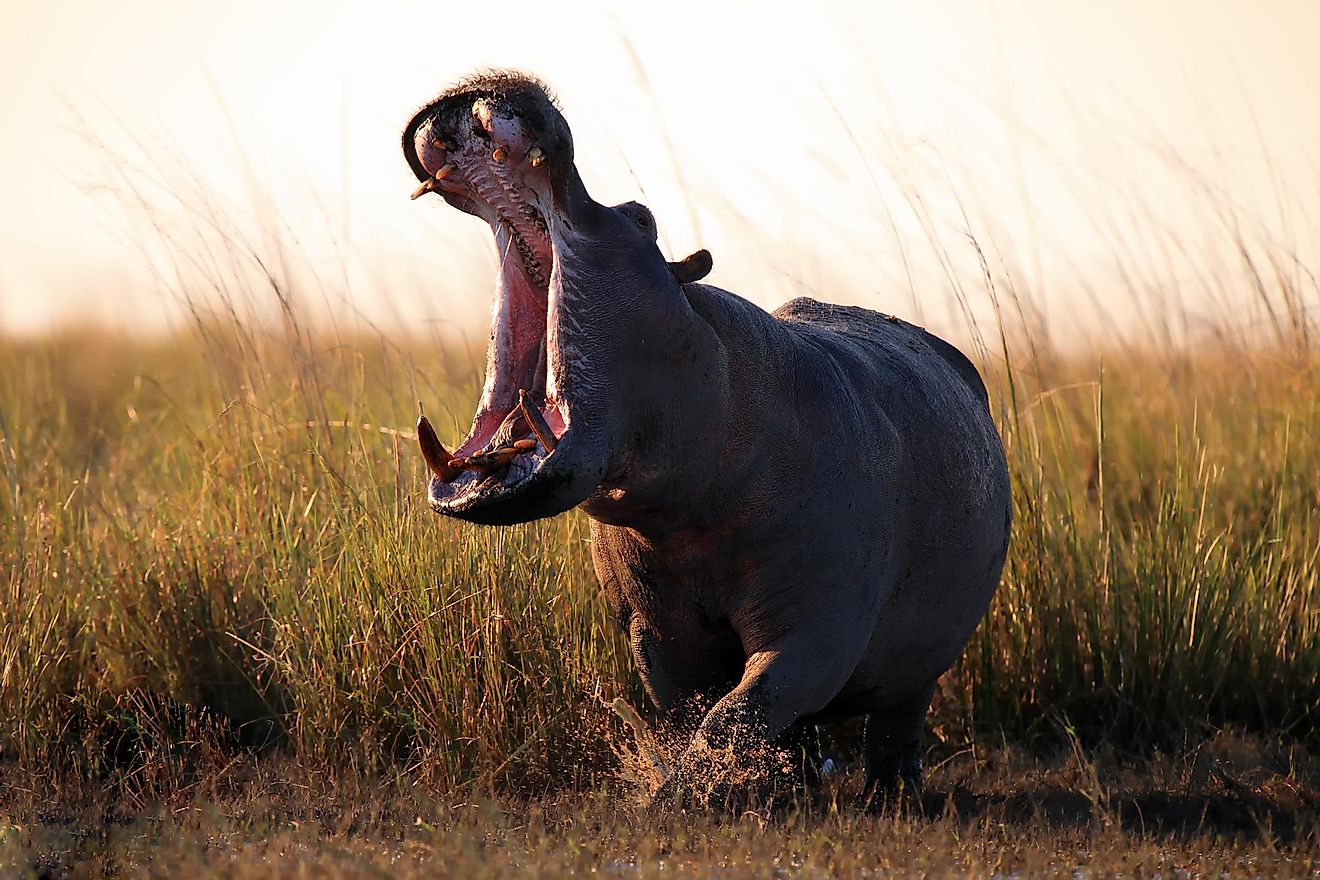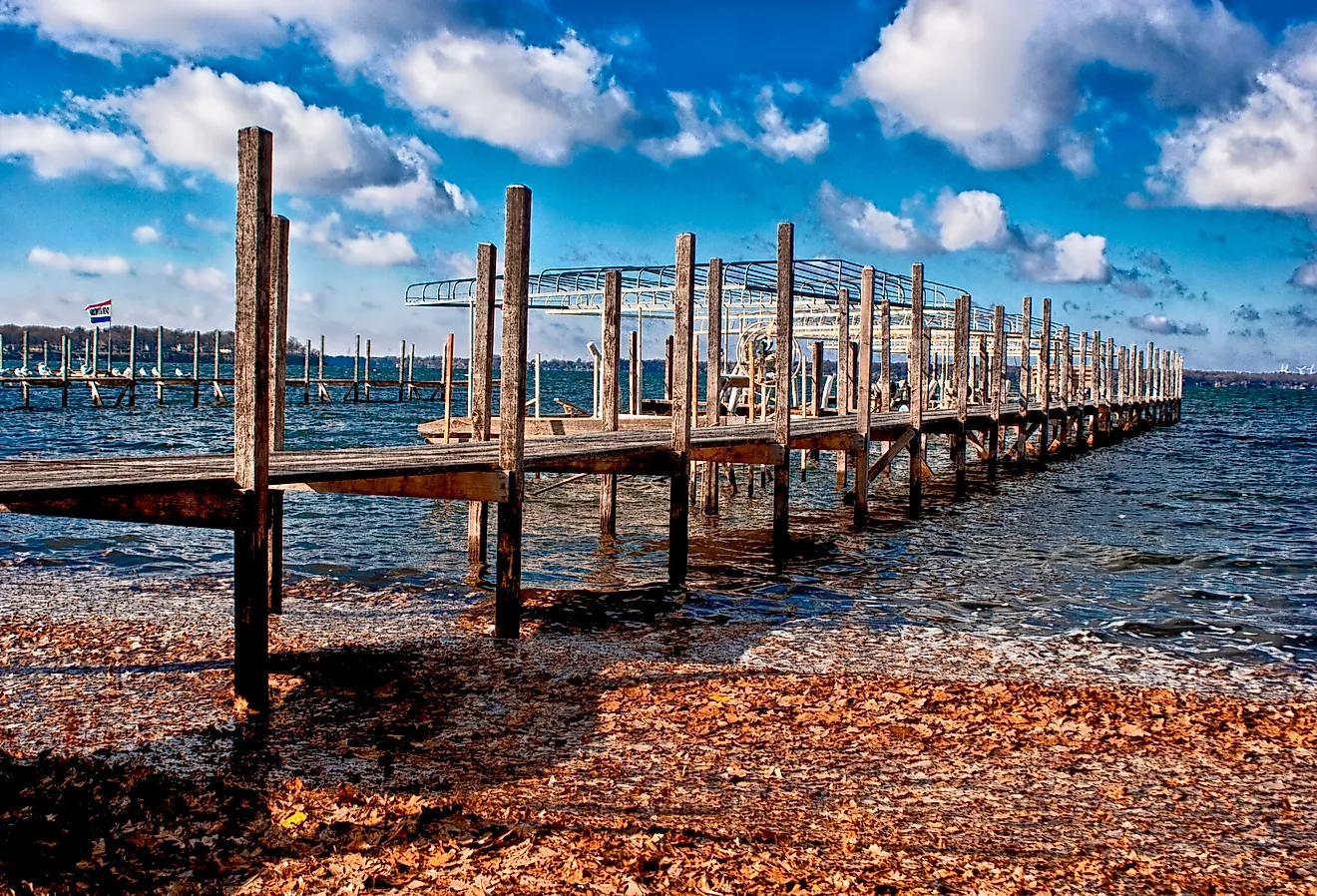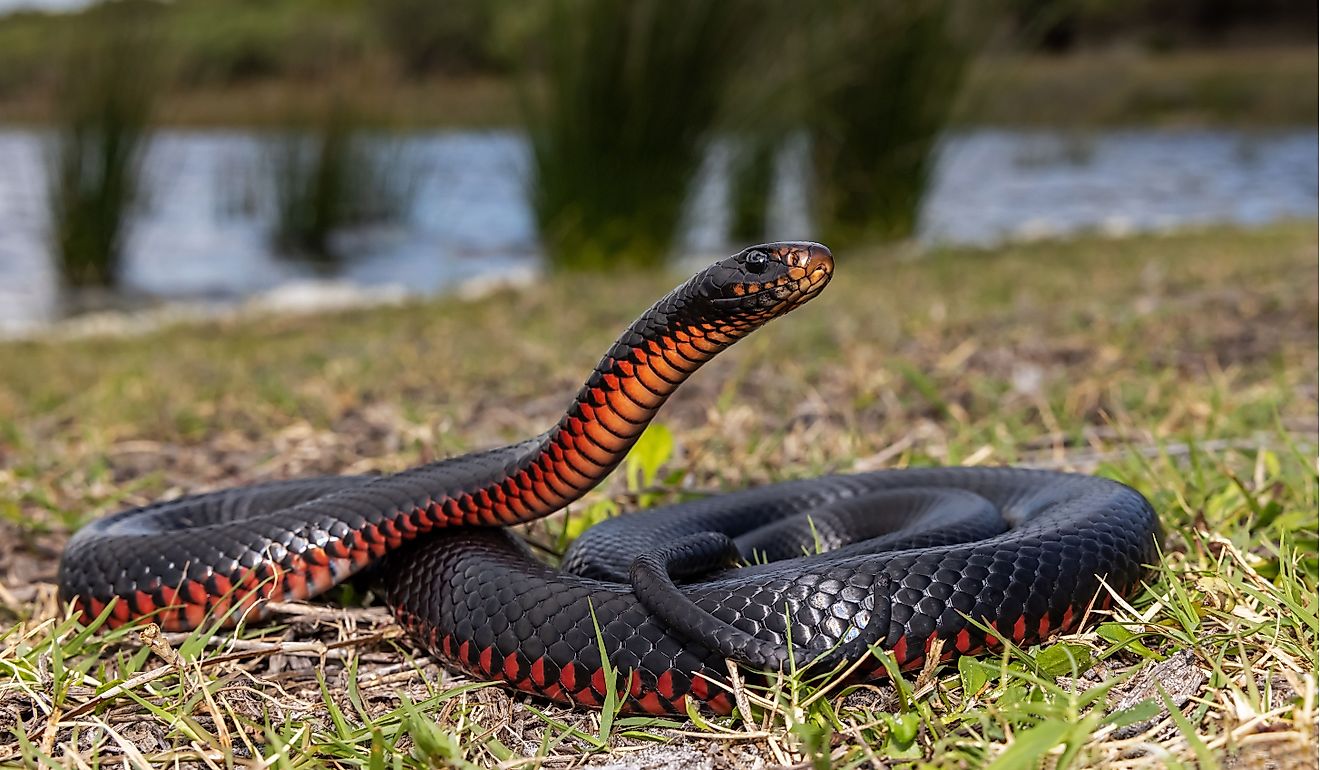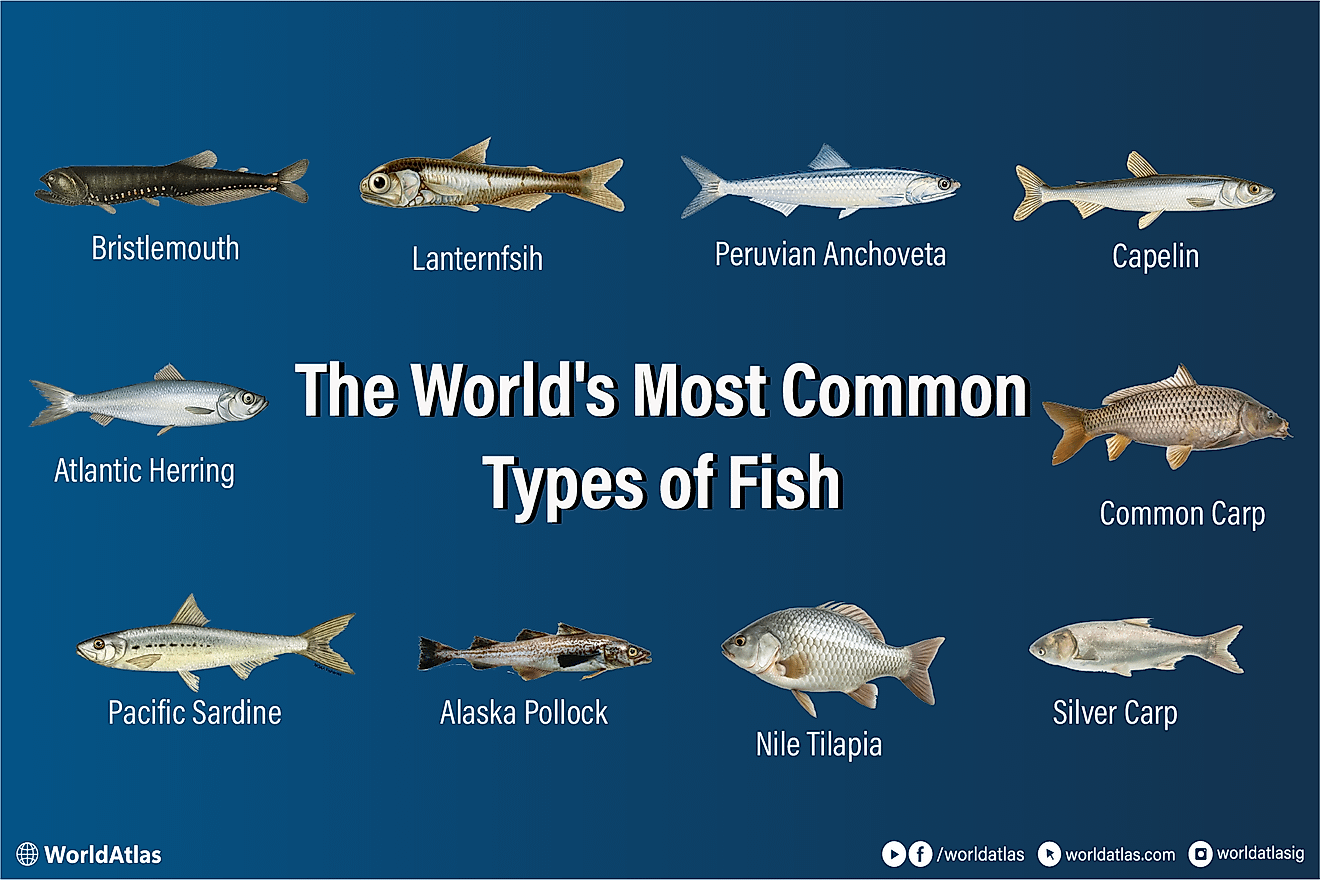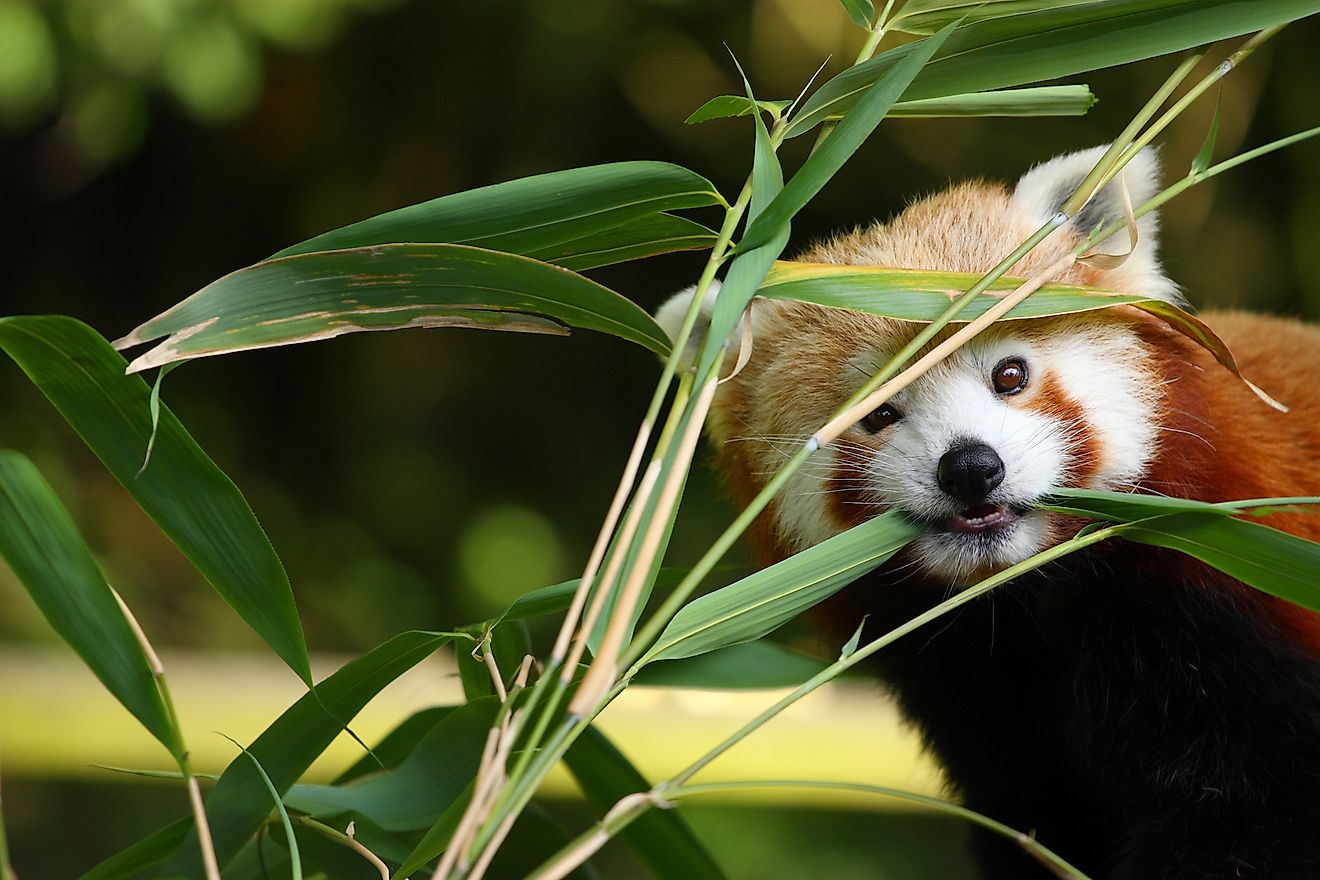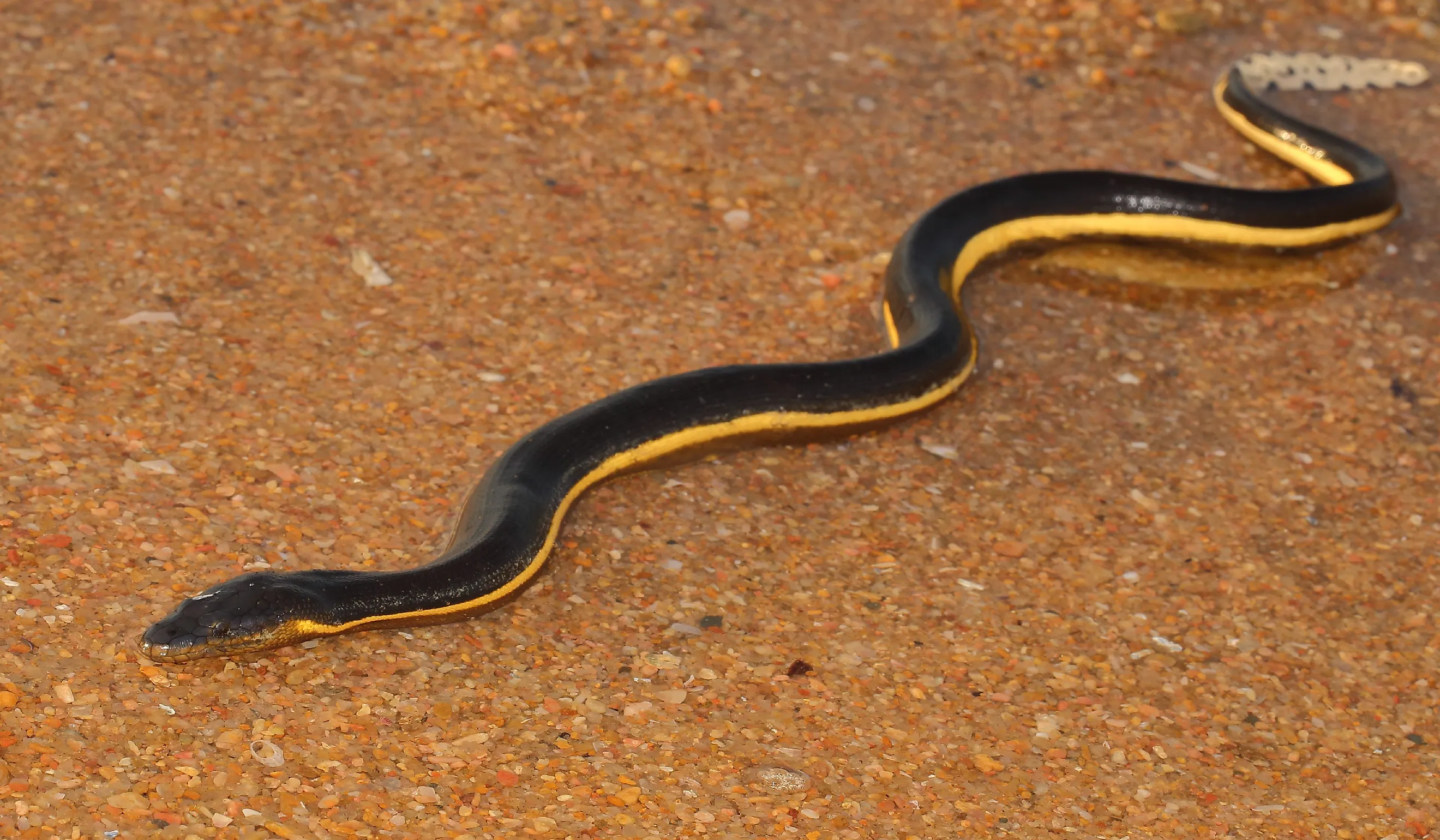
The Venomous Snakes Of Hawaii
Every year, millions of tourists travel to Hawaii to enjoy the Aloha state’s sunny beaches, tropical landscape, laidback hospitality, and many attractions. The archipelago, which consists of 8 major islands, is a big hit with visitors but not as popular among certain reptiles. Despite its balmy climate, Hawaii has no native snake species, and the government has strict regulations to prevent their introduction. This is because island ecosystems are fragile, and the introduction of new species can have a cascading effect on the lives of other species of plants and animals. It is illegal to transport or own a snake in Hawaii unless it is for research purposes.
Don’t relax just yet, however. Just because there are no native species doesn’t mean the islands of Hawaii are entirely snake-free. There are two venomous species — one a non-terrestrial snake, meaning it lives in the sea, and an invasive species that occasionally makes its way to the islands from Guam. It’s unlikely you’ll meet either of these reptilian residents during your Hawaii vacation, but just in case, it’s helpful to know their behavior and habitats so you can enjoy your island getaway without worry.
Yellow-Bellied Sea Snake
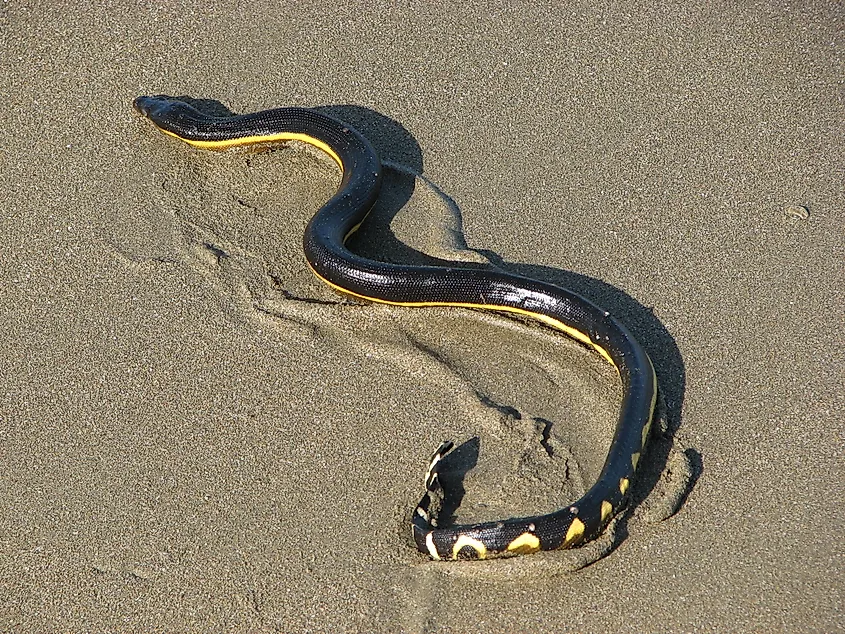
You may not have heard of it, but the Yellow-Bellied Sea Snake is the most widespread snake species on earth. Also known as Pelamis platurus, this skinny serpent, which ranges from 0.6 to 1.2 m long, packs a venomous bite but is typically found out in the open water, so it’s unlikely you’ll encounter one on a Hawaiian beach. Although they may be blown close to shore, these snakes prefer to hang out in the tropical and subtropical Indian and Pacific Oceans, riding the currents and feeding on fish.
The Yellow-Bellied Sea Snake’s unusual anatomy allows it to thrive in this watery habitat. It has nostrils high on its head so it can breathe while swimming or resting at the surface. The snake also has a tapered body and flattened tail that acts like a rudder to help it stay afloat and change direction while navigating the currents. The sea snake can dive up to 50 feet below the surface and can spend up to 90 minutes underwater. Unlike human divers, the snake is protected from the bends thanks to its ability to release nitrogen through its skin as it ascends back up to the surface.
Yellow-bellied sea snakes spend their life at sea, where they breed, give birth, and hunt in open water. These stealthy predators stalk slowly, targeting fish like mullet, jacks, damselfish, mahi mahi, and anchovies, their preferred prey. They inject venom to swiftly immobilize their prey, preventing escape. Equipped with short, non-retractable fangs, they deliver a toxin that attacks the nervous system, causing paralysis. You can identify a Yellow-Bellied Sea Snake by its bright yellow and black coloration, which warns potential predators. They also have a distinctive spotted tail. Most human encounters are harmless—which means bites, when defensive, usually don’t release venom—yet their venom can still be deadly, leading to respiratory, heart, or kidney failure.
Brown Tree Snake
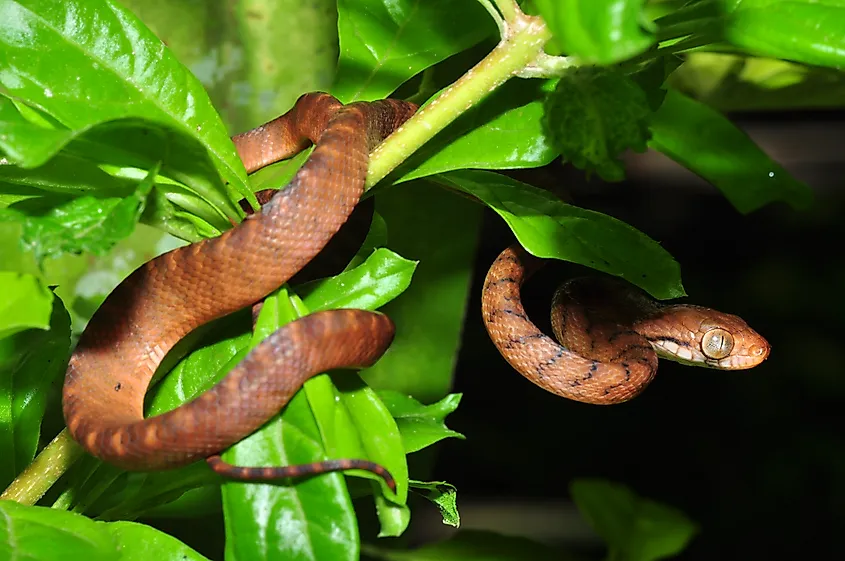
Brown Tree Snakes, scientifically known as Boiga irregularis, are a highly invasive species that have devastated ecosystems in Guam, prompting Hawaii to remain vigilant against these unwelcome intruders. In recent years, a few have been discovered on the islands as stowaways in cargo shipments from Guam. The Brown Tree Snake is mildly venomous, though its bite usually results in only a painful nuisance for adults. It can provoke more serious reactions in children, but bites are rarely fatal. These snakes are typically yellowish to dark brown with mottled bands along their backs. They can grow up to 9 feet long and, as their name indicates, they inhabit trees and dense canopies.
Brown Tree Snakes are active at night, preying on birds, small mammals, and reptiles. In places like Guam, where they lack natural predators, they have even caused local bird extinctions.
Staying Safe Around Snakes
Whether you’re relaxing on a Hawaiian beach or exploring Colorado's mountains, always respect local wildlife and avoid disturbing them. The same applies to snakes: maintain a safe distance and do not approach. If you happen to see a Brown Tree Snake in Hawaii, report it to the authorities right away. Avoid trying to capture it yourself. These snakes can become aggressive when threatened and may bite if they feel threatened.
If you see a Yellow-Bellied Sea Snake while enjoying Hawaii’s waters, stay calm. These snakes prefer to avoid confrontation and will often swim away if given the chance. In July 2024, two sightings were reported where the snakes drifted near the shore, but there were no bites, as such incidents are quite rare. If you spot a sea snake, notify local authorities immediately.
